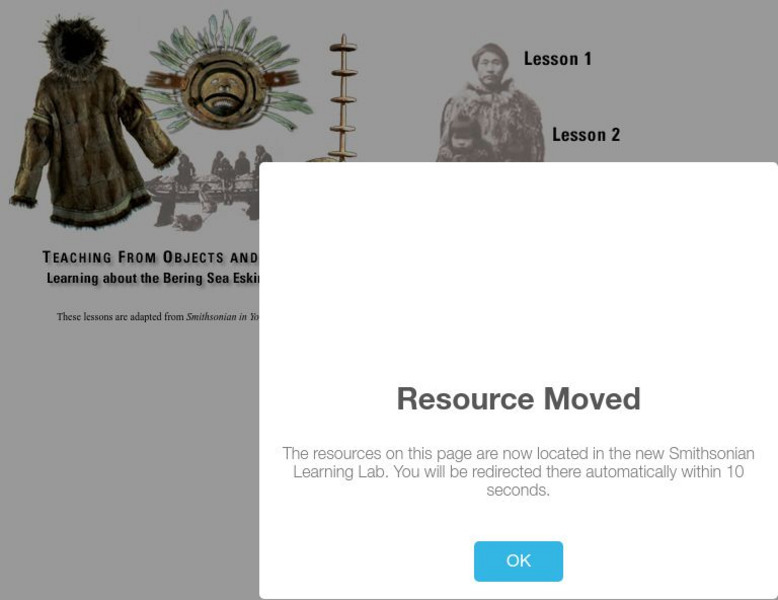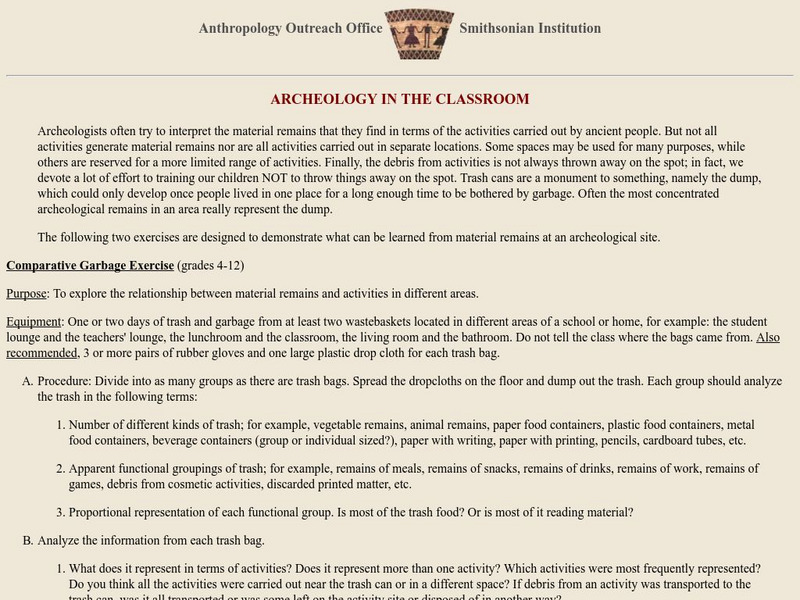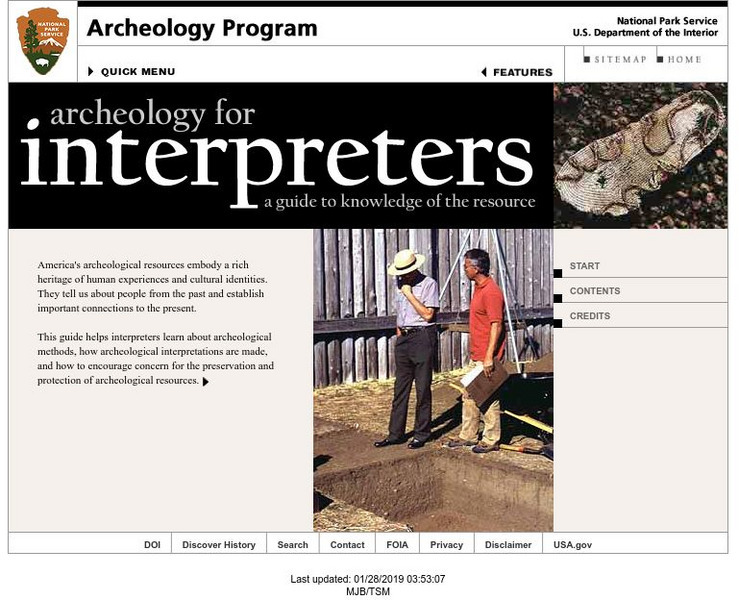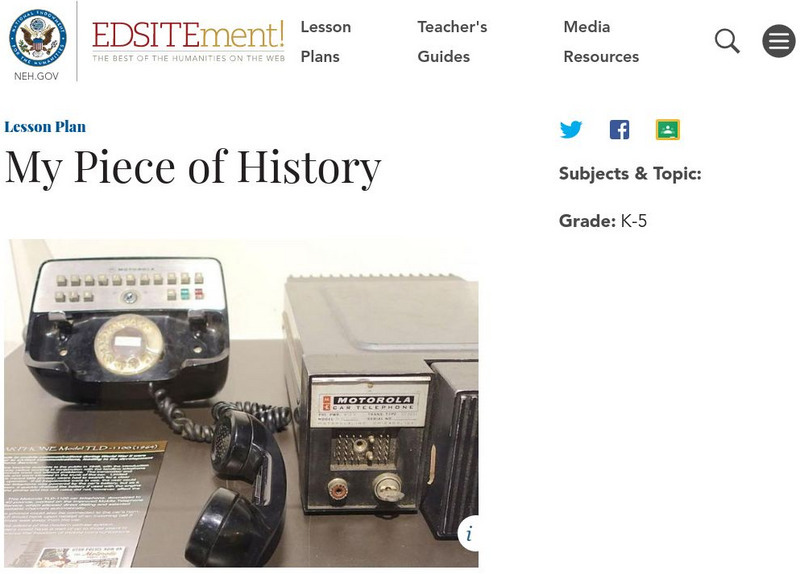University of Iowa
Bringing History Home: My History at School
This unit introduces children to the concept of history as a story. By focusing on their experiences at school, students connect history concepts with personal experience and learn history using primary sources from their own lives. This...
Code.org
Code.org: Cs Fundamentals: End of Course Project
This lesson provides students with space to create a project of their own design, using a step-by-step process that requires planning but also allows for broad creativity.
Writing Fix
Writing Fix: Childhood Artifacts to Inspire a Narrative
This site contains a book review of Knots in My Yo-yo String: the Autobiography of a Kid, which is a memoir by Jerry Spinelli. A suggested activity is included that asks students to bring in important mementos that the students will...
Smithsonian Institution
Smithsonian Education: Teaching From Objects and Stories: Eskimo People
The object of these three lesson plans is for the students to use objects and stories to learn about the Eskimo people of the Bering Strait. All worksheets and materials are included. Students will solve historical problems, using...
Smithsonian Institution
National Museum of Natural History: Random Strategies in Archeology
Students participate in a three-part archeological interpretation activity. First, they learn the principles of archaeology and the importance of material culture, and then they question ideas and interpret artifact evidence. Finally,...
Smithsonian Institution
National Museum of Natural History: Archeology in the Classroom
Two different leveled lessons allow students to become archeologists as they interpret material remains left behind by ancient people.
Colonial Williamsburg Foundation
Discovering the Past/ an Introduction to Archaeology
This is a good, solid, but concise introduction to what archaeology is, how a site is set up, what one uses artifacts for, and how to approach a site. It is written for the teacher's newsletter from Colonial Williamsburg.
BBC
Bbc History: Archaeology: Hunt the Ancestors
Role-playing game lets players explore many facets of archaeology by attempting to rescue a prehistoric burial site from destruction. Players quarry and analyze artifacts and are constrained by both time and budget. Archived.
Curated OER
National Park Service: Archaeology for Interpreters
The National Park Service provides a guide for new interpreters--that can also be readily understood by students--to learn archeological methods, how archeological interpretations are made, and how to encourage concern for the...
National Endowment for the Humanities
Neh: Edsit Ement: Traces: Historic Archaeology
Excellent lesson plans that challenge learners to consider every day uses for artifacts. Site provides an analysis worksheet that will help students consider the importance of artifacts in understanding historical people. Links to sites...
Other
Los Angeles Unified School District: How Did Students Have Fun Long Ago?
Students will recognize similarities and differences of earlier generations in such areas as work (inside and outside the home), dress, manners, stories, games and festivals, drawing from biographies, oral histories, and folklore. Links...
National Endowment for the Humanities
Neh: Edsit Ement: My Piece of History
These social study lesson plans guide students into understanding the historical significance of objects from the past.
Other
World Museum of Man: Pre Columbian Mayan Period
The World Museum of Man endeavours to construct pictures of ancient cultures based on clues from their tools and weapons. The picture left behind of the Maya is that of a scientifically advanced society, but one devoted to gods that...
Other
National Museum of American History: Object of History: Short Handled Hoe
Brief description and interactive picture of the short-handled hoe which is now banned as an unsafe hand tool due to the suffering laborers endured who used it in the fields.
Other
Wiggins/mc Tighe: My Family and Other Families, Now and Long Ago
With this unit, 1st graders will explore how families have grown and changed over time. They will represent their learning through written stories, art, conversation, timelines, and other projects.











